AA-Sport > Basketball > Playing for 48 minutes is just a warm-up! Only 5 players in NBA history can be called a permanent stamina
Playing for 48 minutes is just a warm-up! Only 5 players in NBA history can be called a permanent stamina
Under the high-intensity offensive and defensive rhythm of the NBA, playing more than 40 minutes per game is the standard for the star, but there are only a handful of monsters who can maintain peak physical fitness throughout the long season and even actively demand to play the whole game. They ignore the density of the schedule, break through physiological limits, and redefine the "physical ceiling" with their steel-like will. In the long river of history, only 5 people deserve the title of "Physical Permanent Motion Machine".
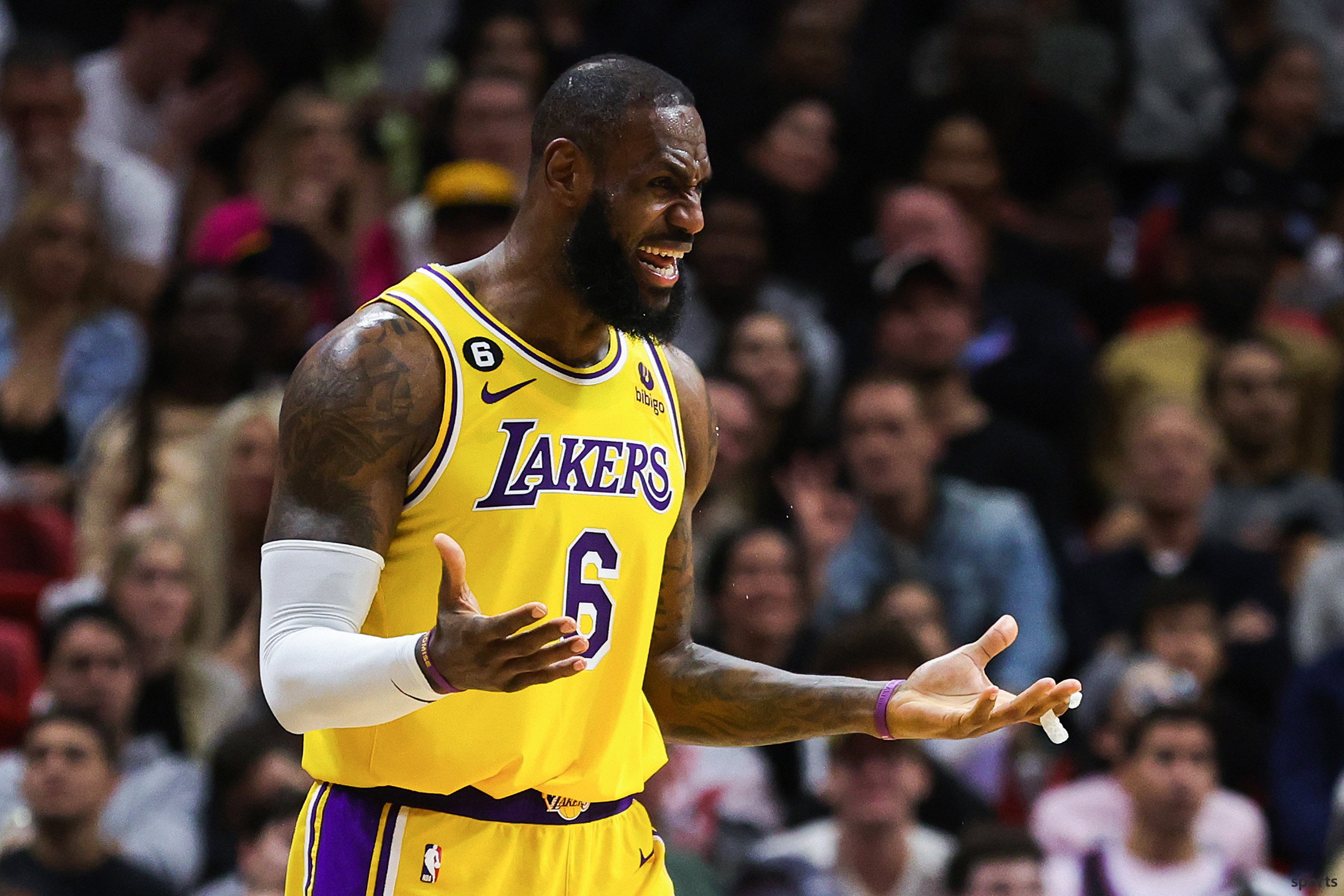
Fifth place: AC Green played 1,192 consecutive games in his career (the first record in history), and missed only 3 games in his 16-year career.
Green turned "no absence" into faith. He refused to take a turn for the rest and came on stage with a high fever, sprain or even a rib that had not been healed after a fracture. From 1986 to 1990, he played 82 regular season games for four consecutive seasons + all playoffs, and averaged more than 37 minutes per game. As the inside blue-collar worker in the Lakers' "Show Time" era, he is always sprinting and grabbing rebounds, and using tireless running to open up offensive space for the Magicians and Worthy. His physical reserves subvert medical cognition and can be called the alliance's most tenacious "Iron Man Totem".
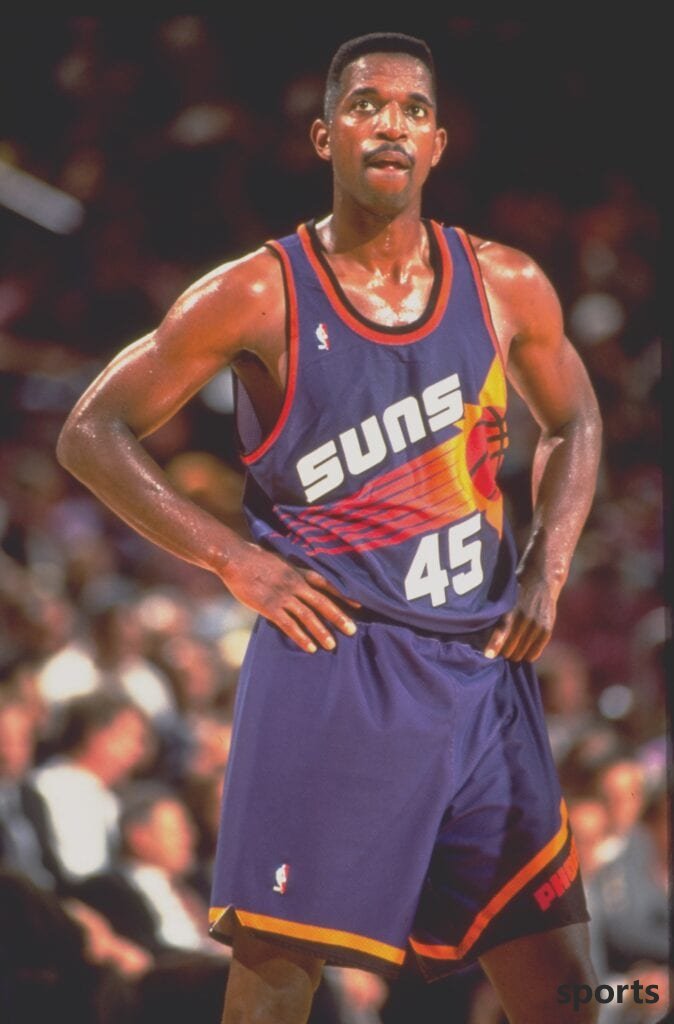
4th place: Wilt Chamberlain
1961-62 averaged 48.5 minutes (including overtime) per game, with only 8 minutes off in a single season.
Chamberlain's physical fitness is an ancient myth. Under the intensive schedule of the 1960s (back-to-back normal), he played 48 minutes + overtime many times. In the classic three-overtime battle against the Knicks in March 1962, he scored 100 points in 63 minutes. What's even more terrifying is that he averaged 39.5 shots on the offensive end and had to fight against giant beasts such as Russell on the defensive end. The coach tried to change him to rest, but he asked back: "Why will it end unless I die?" His physical reserve completely crushed the rules of the times.
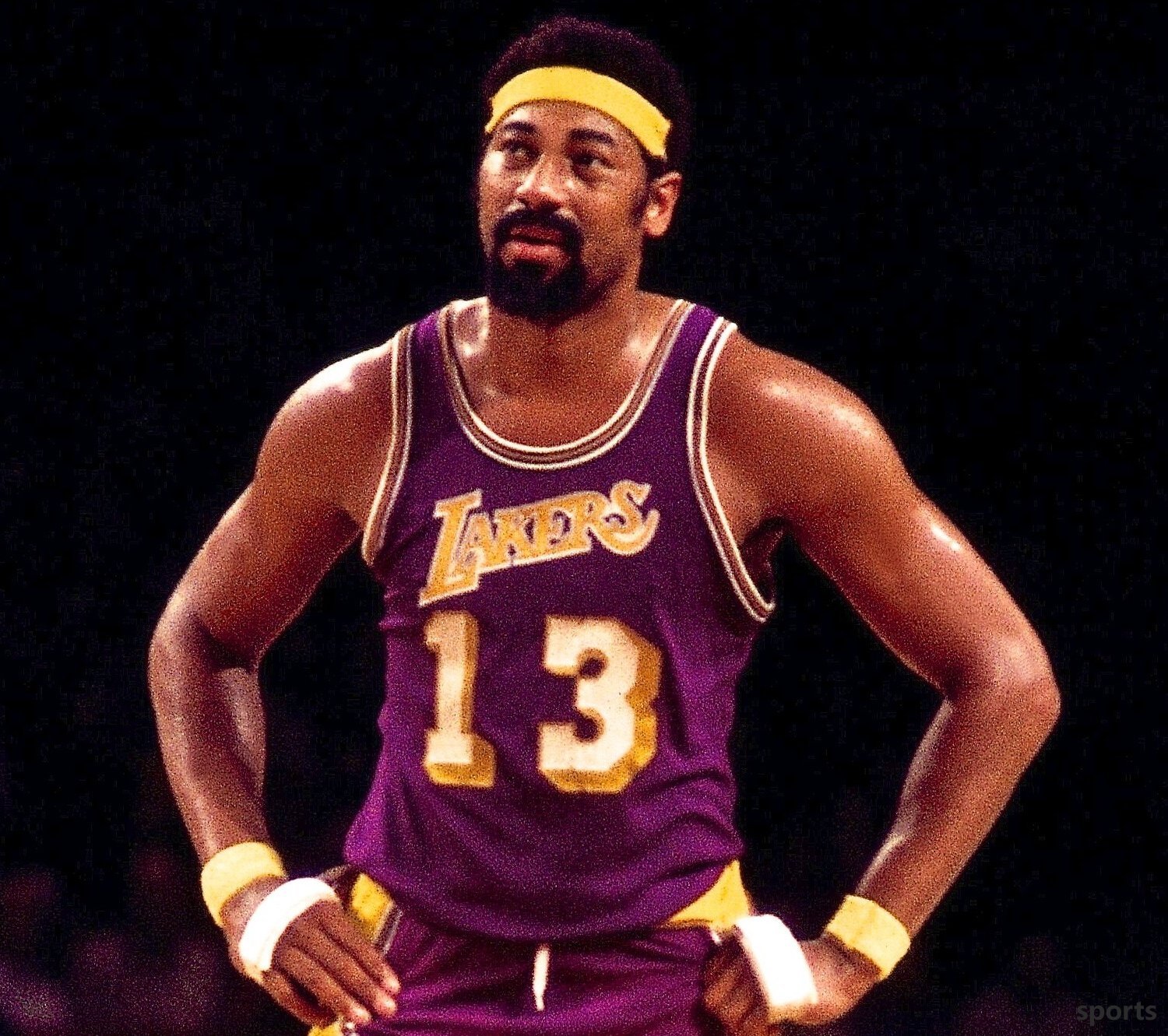
Third place: John Stockton
17 full attendances in 19 years (82 games), third in total playoff time (7835 minutes).
1m85 Stockton, with a marathon-style physical fitness, dominates the point guard position. He is always running: use the cover to cut out when there is no ball, speed up and push back when holding the ball, and stick to the opponent's arrow when defending. In the 1997 Western Conference Finals against the Rockets, he averaged 41.2 minutes per game in 6 fierce battles, and G6 also played 48 minutes and sent 17 assists. The Jazz's "pick-and-roll machine" has never affected the passing accuracy due to physical overdraft. Its cardiopulmonary function and muscle endurance are the ultimate samples of small players.
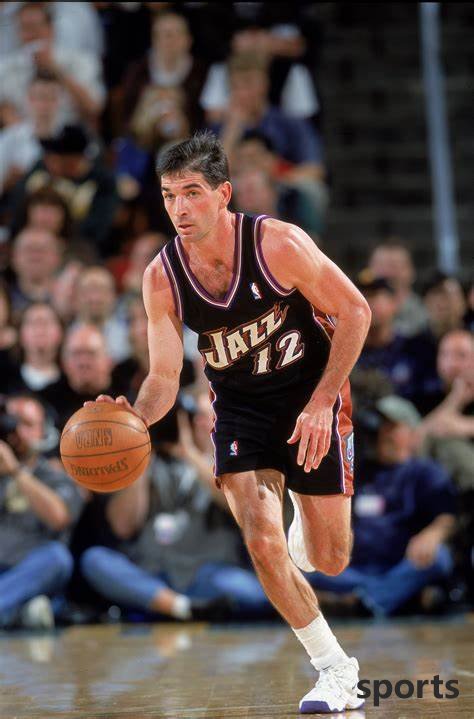
Second place: Karl Malone has the second highest career playing time in history (62,759 minutes), and he is still playing 38 minutes per game at the age of 37.
The nickname of "postman" comes from his appearance without any resistance. As an inside melee striker, he has to complete more than 20 muscle collisions in each game, and he also quickly participates in the counterattack. In the 1998 Finals G5, 35-year-old Malone fought for 46 minutes under Rodman's persuasion, scoring 39 points and 9 rebounds. What's even more amazing is that he missed only 10 games in the first 18 seasons of his career. He was 40 years old when he transferred to the Lakers in 2003. He still could defend Duncan in the playoffs by 30 minutes per game. His strength training and physical recovery system are still regarded as a textbook by the Alliance.
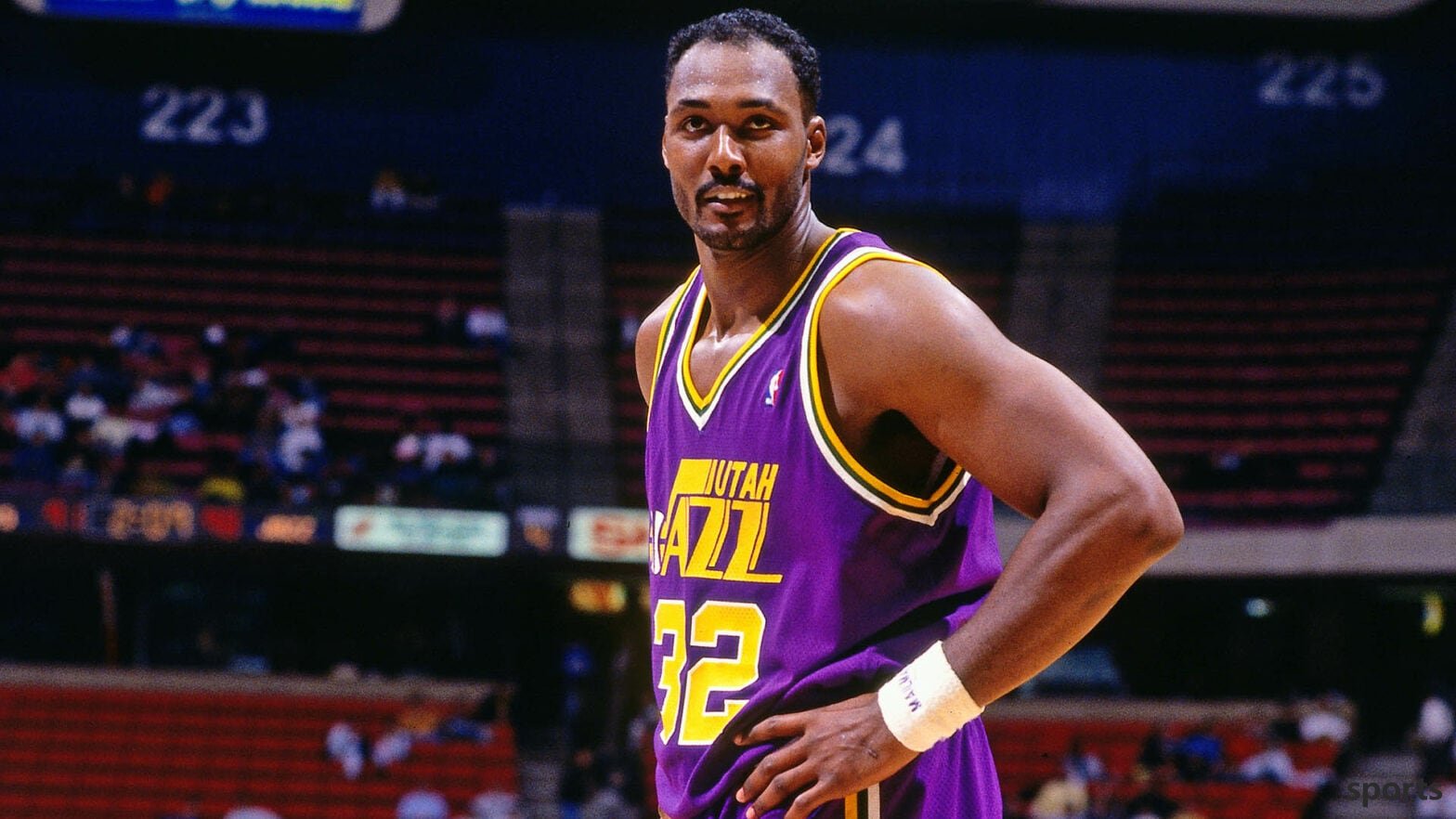
Top: LeBron James has the first place in total playing time in history (66234 minutes of regular season + 11654 minutes of playoffs), and he still averages 38 minutes in the playoffs after the age of 35.
James turned "anti-physiological laws" into the norm. In the 2018 finals G1, he scored 51 points in the full 48 minutes, and he still had a gap in the last moment of overtime; in the 2020 finals, he played in 42 minutes at the age of 35, and scored 9 points in the final quarter to secure the championship. The horror of it is: while taking on the team's highest ball rights (career usage rate of 31.5%), it can also chase the cap and fast attack guards on the defensive end. In the 2023 Western Conference Finals against the Nuggets G4, the 38-year-old played for only 4 seconds and scored 21 points in the final quarter. With twenty years of high-intensity output, its physical fitness management science has surpassed the scope of basketball.
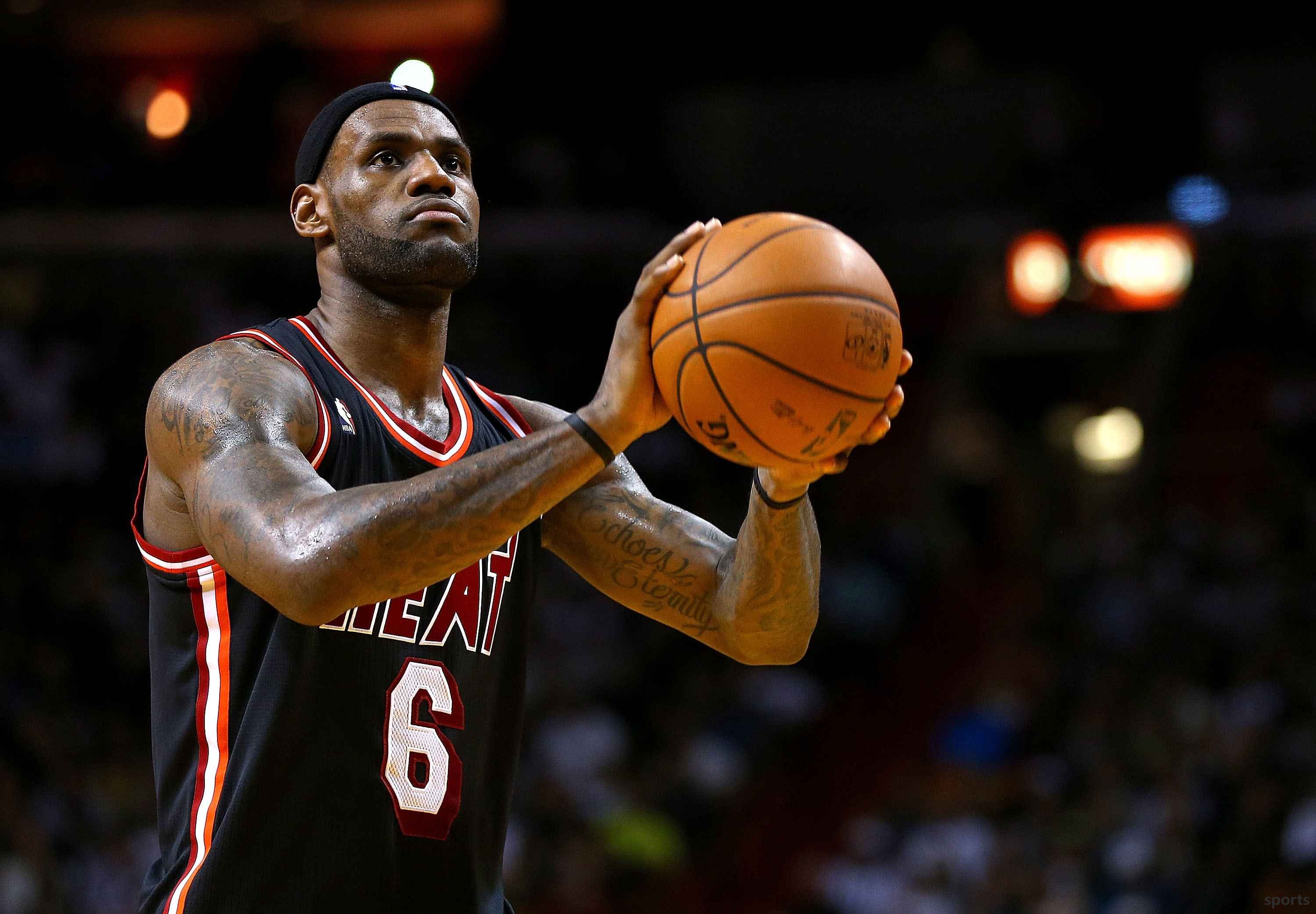
Related Posts
The 25-26 NBA regular season has just started, and the performance of these players is really terrible.
BasketballThe 25-26 NBA regular season has begun. Teams that made a lot of moves in the offseason this year did not seem to have a satisfactory start to the regular season. The Mavericks and Rockets even suffered two consecutive losses at the beginning. The p...
more40 free throws in two games! Alexander only ranked 7th in the number of free throws made in two consecutive games!
BasketballOctober 26th: Alexander scored a total of 40 free throws in the two games of the new season. In the ranking of free throws in two consecutive games in NBA history, Chamberlain had a total of 49 free throws in two consecutive games, ranking first. Th...
moreThe two top teams in the Southwest Division both suffered two consecutive losses. Ignoring CP3 during the offseason reinforcements may be the biggest failure. The Clippers laughed.
BasketballThe NBA regular season is in full swing. The Houston Rockets and Dallas Mavericks, two teams in the Southwest that have attracted much attention during the offseason, are facing their second game. The Rockets challenged the championship Thunder in t...
more
Hot Posts
- Warriors: Petition Seth Curry to become the number one jersey sales in the season
- Congratulations to the Lakers! The forward line is traded, and it would be perfect to trade Reeves for Avdia
- The curtain of the NBA in the new season is about to kick off, and the heroes compete for the destiny
- Lakers General Manager Robert Pelinka was interviewed and responded positively to various speculations surrounding LeBron James recently
- US media commented on the strongest player every year in the 21st century: James dominated in 8 years, O Pang Kobe Jokic dominated in three consecutive games
- Only 505 points away, this 51-year NBA record will be broken by Westbrook in the new season
- The Lakers are really ungrateful! If James hadn t joined, the Lakers Dynasty would have collapsed long ago
- HG08 2025 NBA Finals: 4 Things to Watch in Game 6 of the Finals
- Young Hero! Jaylenway scored 40+ in the finals in the first three years of his career. In 2006, Wade s first player
- G1 in the Eastern Conference Finals made a shocking comeback! Brunson scored 40+, but he said this when interviewing him after the game!
Recent Posts
-
The Timberwolves are trapped in 1-3! The four major substitutes are unable to save the starter with 64 points, and Huazirandel only has 21 points
-
White talked about being traded: At that time, all I was thinking about was why they didn t want me anymore
-
Will you be selected as an All-Star in the future? Reeves averaged 20+ games in the regular season, becoming the third undraft in active service
-
He scored high scores in every shot! The Heat s rookie s basket deterrence is indeed quite amazing?
-
If Antetokounmpo is traded, will the Bucks call Jaylen Green? The potential is underestimated! No wonder the Rockets want to keep him
-
The Heat are making a fortune in silence! Two garbage contracts are exchanged for the Clippers 28+9 shooting guards, and 24 million signed 16+12 assisting point guards
-
WOW! It is revealed that Wiggins has been inspected! The championship forward is perfect for the Lakers
-
Promotional Advertisement James Posts "Retired" Video Full Version: Incarnate as Chef Barber Singer
-
Are you really good at scoring? Are the backcourt rookies the few highlights in the Thunder’s devastating defeat?
-
Letters are unwilling to train with stars such as James!